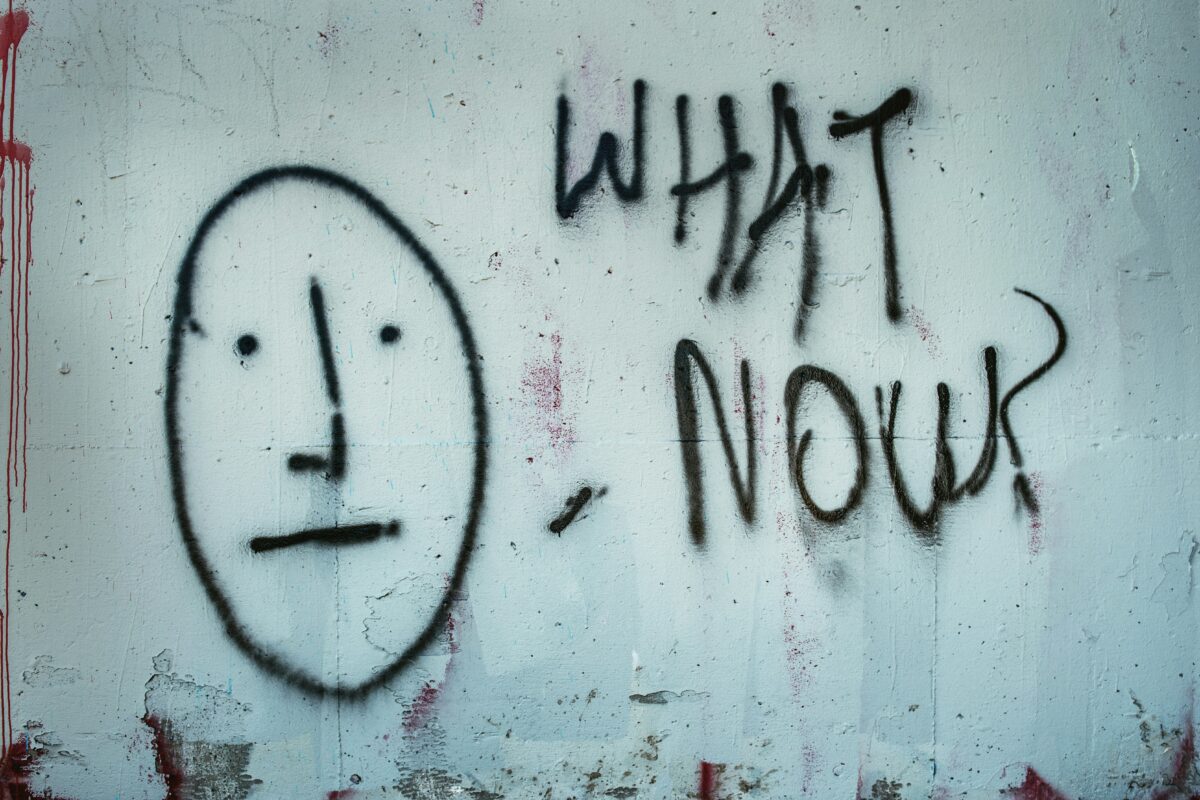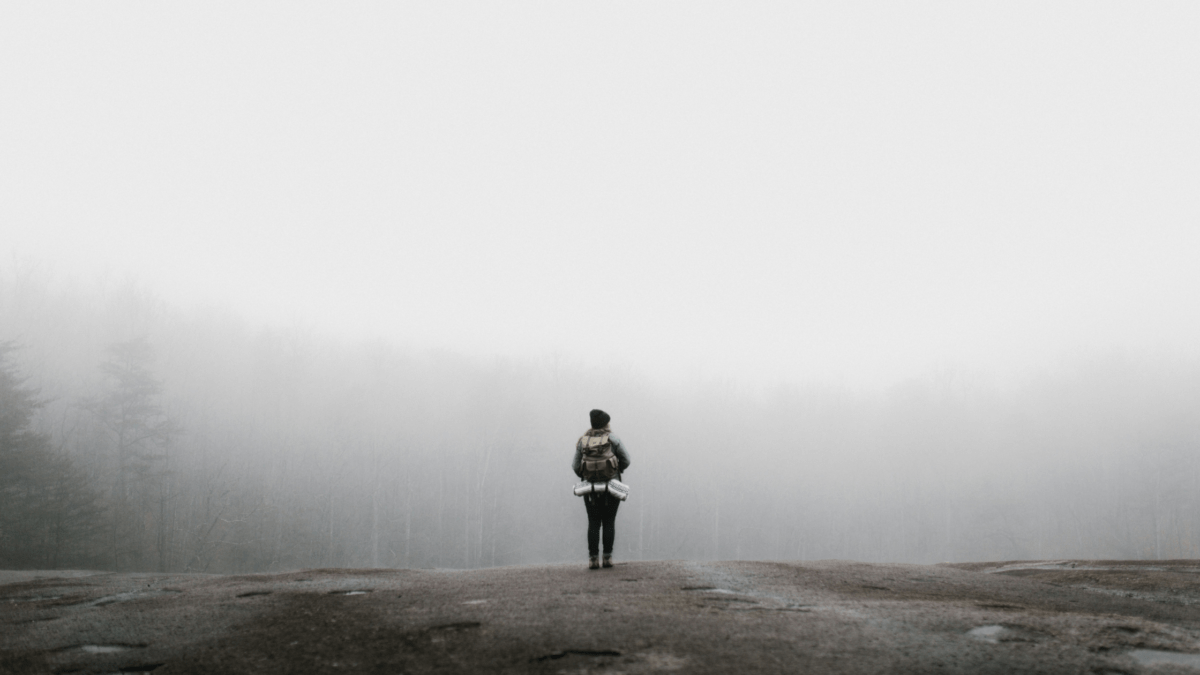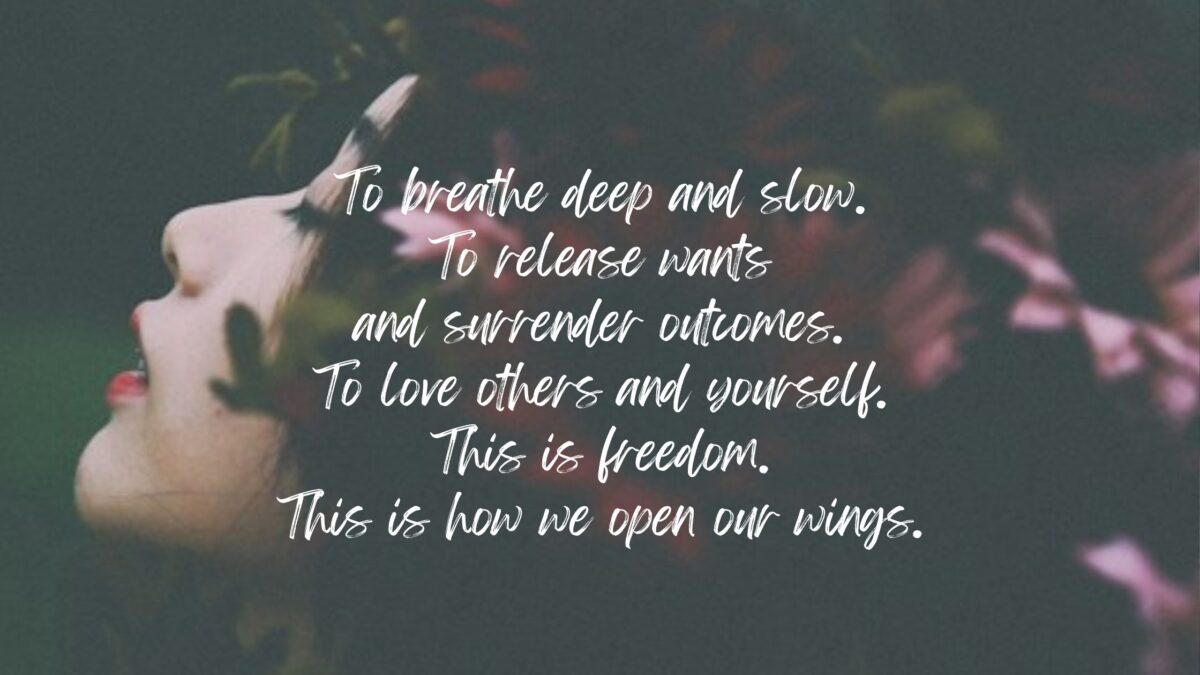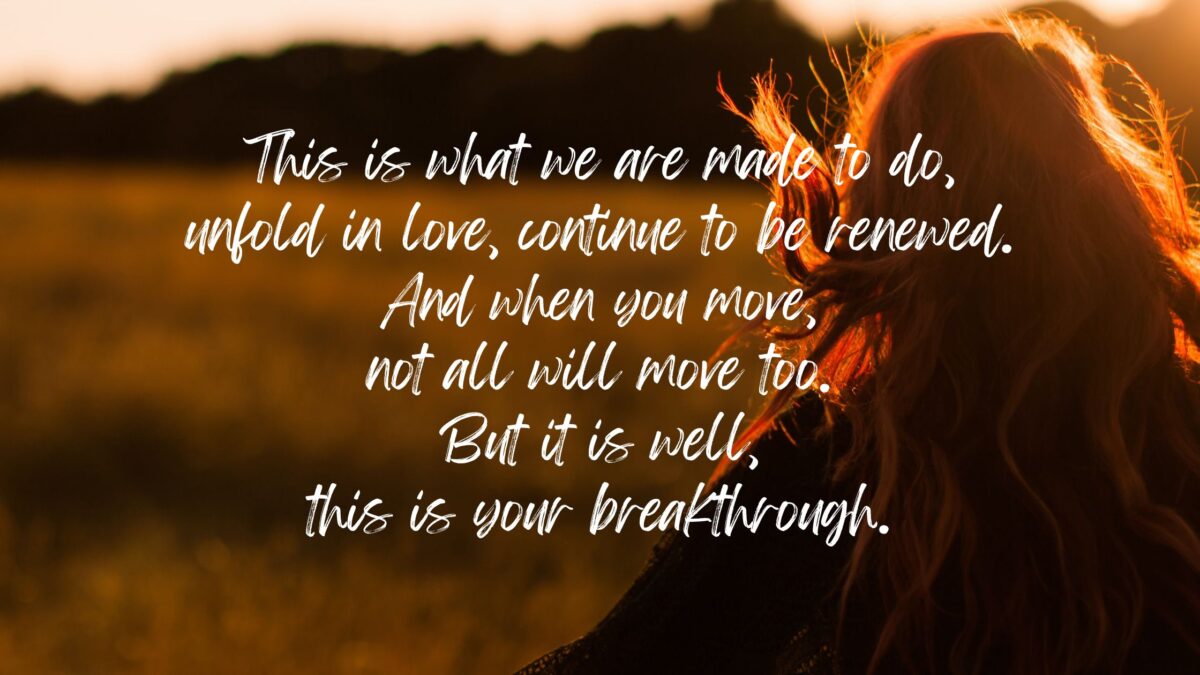We all experience times of uncertainty—those moments when self-doubt shadows our confidence and leads us to question our capabilities, value, or decisions. I’ve experienced paralyzing self doubt, and understand the weight it can carry.
However, I firmly believe that within each of us is an inherent brilliance, ready to emerge even during periods of self-doubt. Here are some strategies that have aided me in pushing past these doubts to fully embrace who I am. I hope you find them equally empowering.
Acknowledge Your Self-Doubt
First things first, let’s be real about our self-doubt. It’s okay to admit when you’re feeling insecure or unsure. I’ve learned that pushing these feelings away only makes them stronger. Instead, try to name your self-doubt when it shows up. Say to yourself, “I’m feeling unsure right now,” and acknowledge that it’s a normal part of being human. Just naming it can make it feel less powerful.
I also suggest writing those exact words down, as this is a way of spotlighting the emotion. Spotlighting is when we force ourselves to look directly at what we’re feeling, providing a clearer view and understanding of our emotions. This practice can demystify overwhelming feelings and aid in processing them more effectively.
Reframe Negative Thoughts
Self-doubt often comes from negative thoughts that loop in our minds—those “I’m not good enough” or “I’ll never be able to do this” thoughts. I’ve found it helpful to gently challenge these thoughts.
Ask yourself: Is this really true? What evidence do I have that proves this thought wrong? Often, you’ll find that the doubt isn’t based on facts but on fear. Reframing these thoughts into more positive or neutral ones can make a huge difference in how you feel.
Celebrate Small Wins
When self-doubt is running high, it’s easy to overlook our achievements. Start by celebrating the small wins, no matter how tiny they might seem. Did you step out of your comfort zone today? Did you complete a task you’ve been dreading? Give yourself credit for these moments. I’ve found that acknowledging even the smallest successes builds confidence over time and slowly pushes self-doubt to the side.
Just as one might compile a gratitude list to foster a sense of thankfulness, consider creating a list of small wins for five consecutive days, emphasising every achievement, no matter how small. This practice helps to build a positive mindset by recognising and celebrating each step forward.
Surround Yourself with Support
Self-doubt thrives in isolation. When I feel unsure of myself, reaching out to supportive friends, family, or mentors makes a world of difference. Find those people who believe in you and lift you up. Sometimes, just talking about what you’re feeling with someone who understands can make that self-doubt shrink to a manageable size.
If you don’t have anyone in your life who fits this description, consider seeking a mentor from afar. There are many individuals whose coaching and mentoring might be accessible to you through their books, online courses, or videos, even if you never meet them in person. When you engage with their content, tell yourself it was written just for you.
Practice Self-Compassion
This one has been a game-changer for me. Instead of beating myself up for feeling self-doubt, I’ve started practicing self-compassion. Journaling is a fantastic tool to do this. This act of self-expression allows you to process feelings of inadequacy or failure gently, acknowledging them without self-criticism.
A journaling exercise to promote self-compassion involves the prompt, “What I need to hear right now is…” This simple start helps you articulate the supportive words and affirmations you need, allowing you to offer yourself kindness and reassurance directly. This practice strengthens self-compassion by letting you be both the giver and receiver of encouragement.
Take Action, Even When It Feels Scary
Self-doubt often wants to keep us stuck, but I’ve found that taking small, consistent actions can help break its grip. It might feel scary to take that first step, but action breeds confidence. Start with something manageable, and slowly build up from there. The more you act despite your doubts, the more you’ll prove to yourself that you are capable and strong.
My word for 2024 is “consistency.” I gave myself one task: to stay consistent in what I wanted to create. Whenever I feel self-doubt, remembering this task helps me to keep going. This focus on consistency has been key in making steady progress toward my goals.
Remember Your Brightness
Finally, always remember that your true brightness is already within you. It doesn’t disappear just because self-doubt shows up. When I remind myself of this, I feel a little lighter, a little braver. You have unique gifts, talents, and qualities that make you shine. Trust in that, and know that even on your toughest days, your light is still there.
My new book, “Looking for Brightness,” explores the theme of discovering the light within ourselves. If you’re experiencing self-doubt, the words in “Looking for Brightness” might be just what you need.










